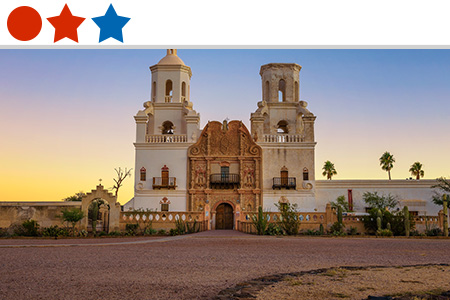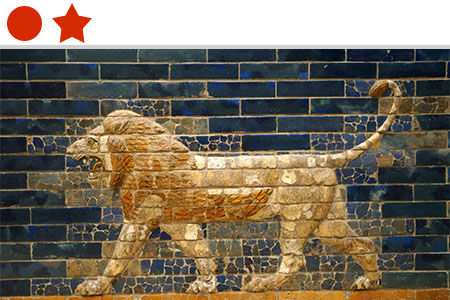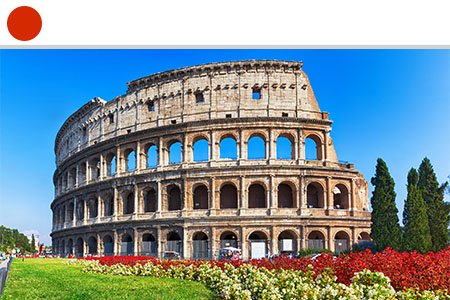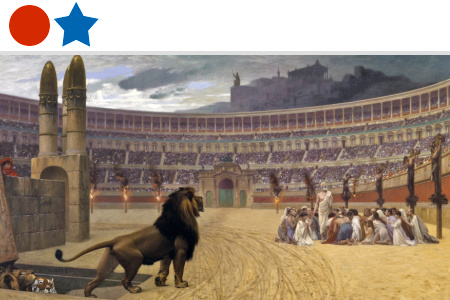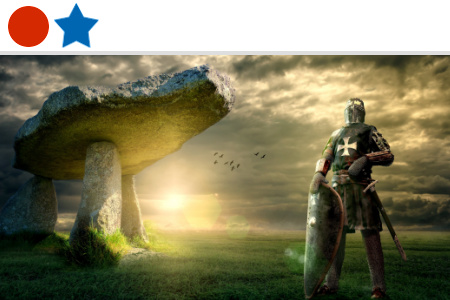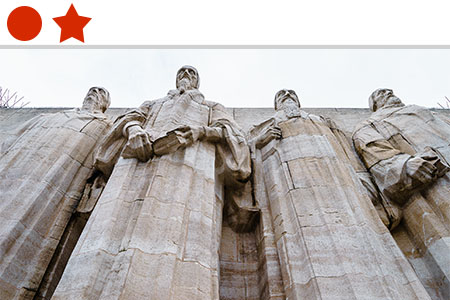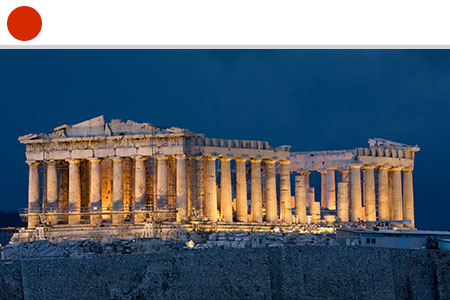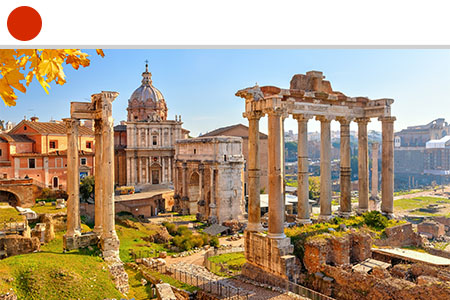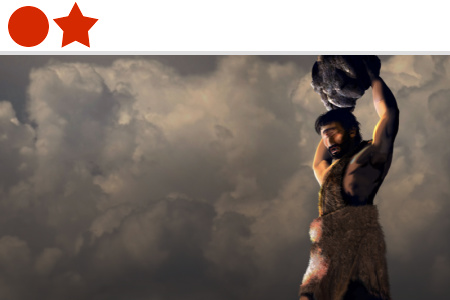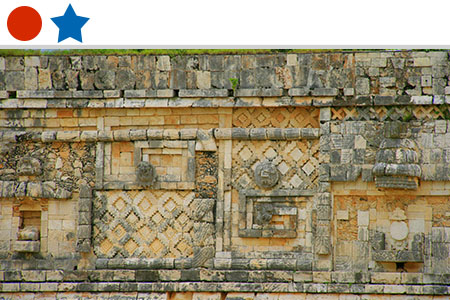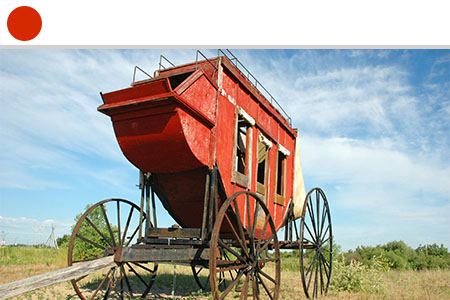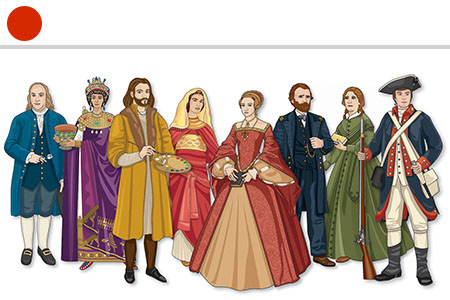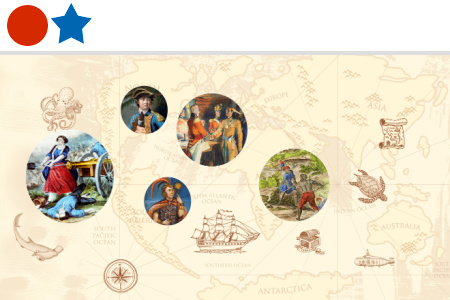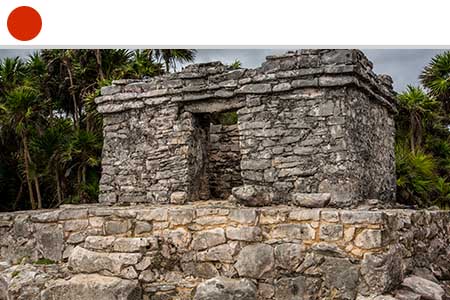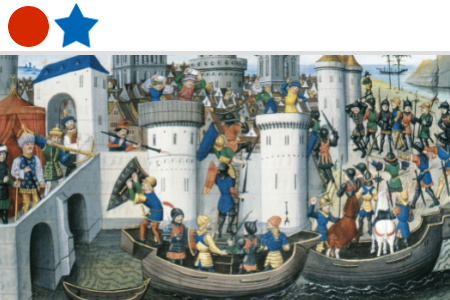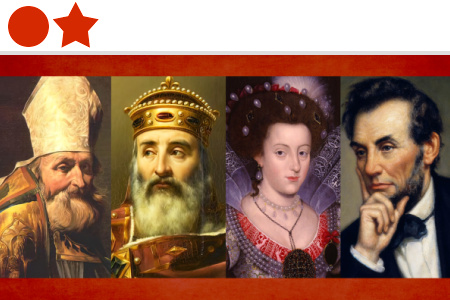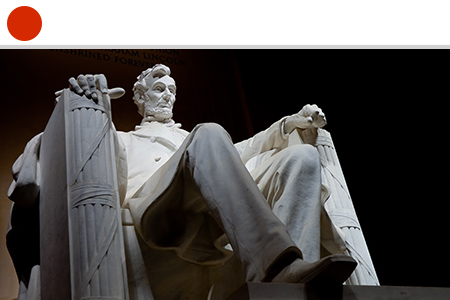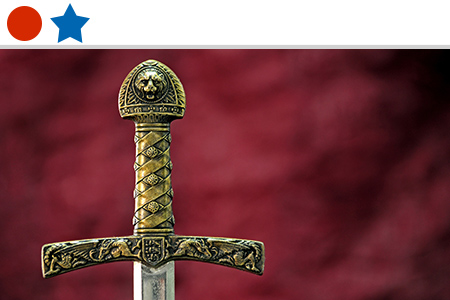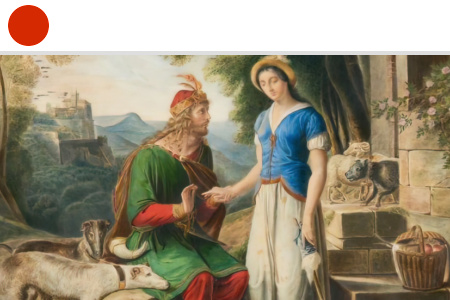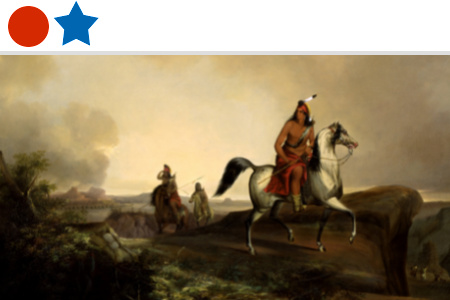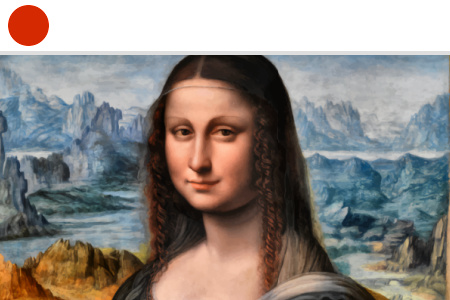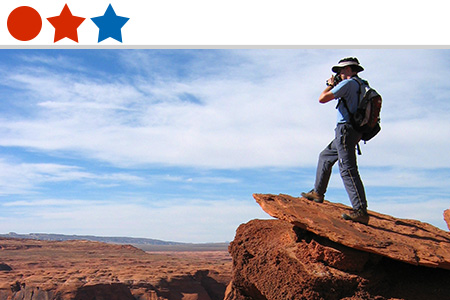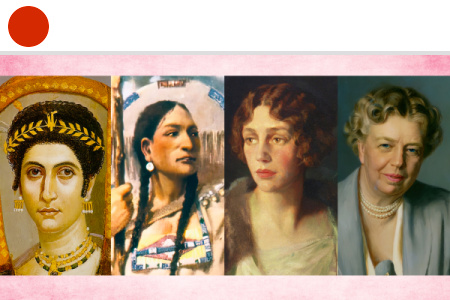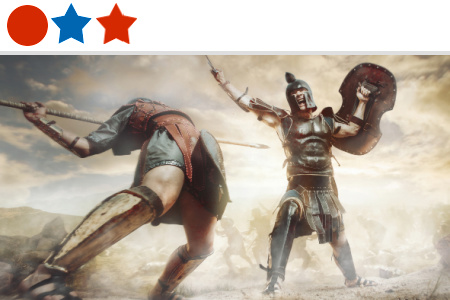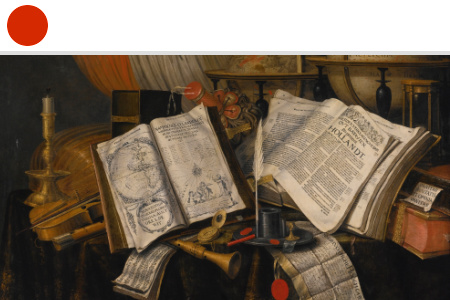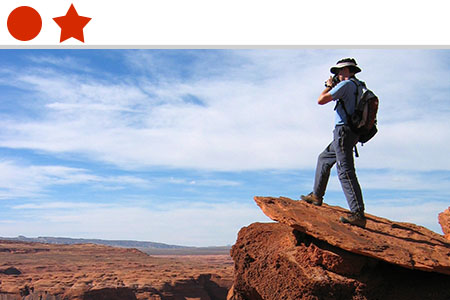Course Sample for our Classical Mythology Homeschool History Curriculum
To view a full sample of the class, click here.
Week 2
Day 1: The Lesser Gods, Part 1: Helius and his sisters
Day 2: The Lesser Gods, Part 2: Hecate and Styx
Day 3: The Lesser Gods, Part 3: Pan
Day 4: The Lesser Gods, Part 4: Asclepius
Day 5: Weeks 1 and 2 Review
Day 1
Now that you are familiar with the major players on Mount Olympus, it’s time for you to meet some of the minor players, other gods with lesser powers, most of whom pre-dated the Olympians.
The story of today’s deities picks up where we left off back on Week 1: Day 2. Recall the following from that lesson:
The twelve Titan offspring of Sky and Earth were as follows:
Daughters
- Theia (a goddess of light)
- Rhea (an earth goddess and eventually the mother of the Olympian Gods)
- Themis (another earth goddess like her mother and sister, Rhea)
- Mnemosyne (Memory)
- Phoebe (a moon goddess)
- Tethys (the most ancient goddess of the sea)
Sons
- Oceanus (the first born of the Titans; the god of the River Oceanus, a freshwater river that circled the whole Earth and was the source of all of Earth’s fresh water; the river itself)
- Coeus (Query)
- Crius (Ram)
- Hyperion (a god of light)
- Iapetus (Spear Wound)
- Cronus (the youngest of the Titans; Time)
Also from the Week 1: Day 2 lesson:
More than anything, Sky desired power, and so afraid was he of losing that power that he tried to get rid of the Titans as he had the Giants and Cyclopes. Whenever a Titan was born, Sky would immediately thrust the child back into the darkness of Earth’s womb. By the twelfth time this happened, Mother Earth had had enough, and her maternal instincts kicked in. Along with her children, Earth devised a plan to punish Sky, but none of the children volunteered to execute the plan except Cronus. So Cronus waited until the time that he could act, and when he did, he castrated Sky with an iron sickle. Sky then vowed to someday avenge the act and warned Cronus that his own children would someday rise against him, too.
So now the Titans were free with Cronus as their king, and they freed their siblings, the Giants and the Cyclopes, as well. The freedom of the six latter siblings was short lived, however, as Cronus soon sent them back to Tartarus when he feared they would rise up against him.
Now freed, the Titan siblings began to pair up. For example, Theia and Hyperion (both light deities) married and produced a son, Helius (Sun), and two daughters, Selene (Moon) and Eos (Dawn) . . .
Aetiology Alert!
As the sun god, Helius was said to have driven a sun chariot pulled by four horses across the sky each day, beginning in the east and ending in the west. Then at night, he rode the river Oceanus around the perimeter of the earth back to the east so that his journey across the sky could begin anew the next morning. His sister, Eos (Dawn), accompanied him on his journeys.
The story goes that during the ten-year war between the Titans and the Olympians that ended in Zeus’ taking reign, Helius had remained neutral. As a reward, Zeus granted Helius an island, Rhodes*, that Helius wanted.
On his journey across the sky each day, Helius saw everything that happened on earth, and he was sometimes quick to tell others what he saw and learned. Because the ancient Greeks believed no one could hide from the all-seeing sun god, they often swore oaths by him.
A Modern-Day Connection
Rhodes is a real place, and the people of the island later erected a statue (circa 280 BC) of Helius overlooking the arbor. The statue, which stood 98 feet high and came to be known as the Colossus of Rhodes, became one the Seven Wonders of the Ancient World and survived only until it was destroyed by an earthquake in 226 BC.
The Statue of Liberty was modeled after the Colossus of Rhodes, and the latter is even referred to in the poem by Emma Lazarus which is engraved on a bronze plaque and mounted inside the lower level of the pedestal of the Statue of Liberty. Fittingly, Lazarus’ poem is titled “The New Colossus.”
On December 23, 2015, The Telegraph reported that Greece plans to rebuild the statue as a symbol “of the country’s determination to emerge from the [current] economic crisis.” The new statue will reportedly be five times larger than the original, standing 443 feet tall.
(end of digital sample)




